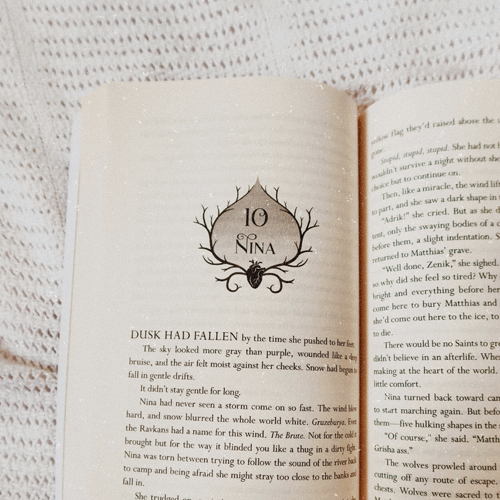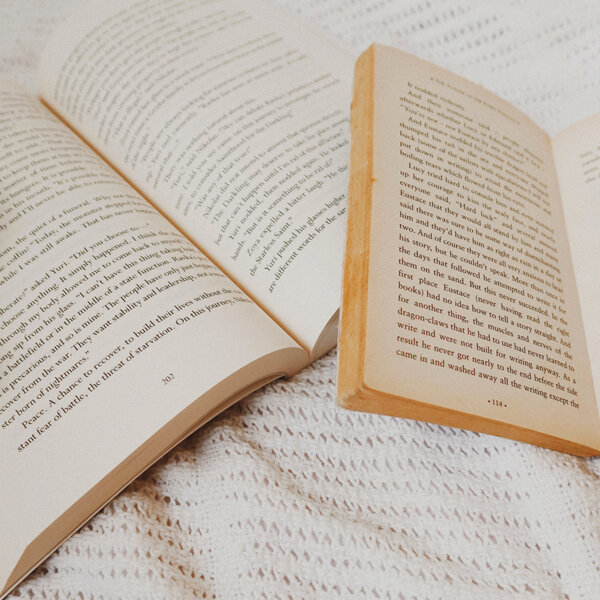My Creative Writing Process
/@ dreaming by dusk
There is nothing more engaging and exciting than two creators talking about their art. I myself have a friend who is very gifted at digital drawing, and I always take the chance to learn more about her process and support her progress. She, too, is always eager to hear about my creative writing.
One thing engaging with other writers and artists has taught me is that there is no right or wrong way to write a story or do anything remotely artistic.
Planning or pantsing to plot a story, and shapes or lines to create art forms…Everyone who is creative, budding or seasoned, will have their own unique process of creating their art.
So, I never doubt my process or my skills when I am working through my own creative writing process. I know I’m not a perfect writer.
I’m young and I have a lot to learn but for now, I have a way of writing stories that works for me. It is a writing routine that keeps me inspired, motivated and focused.
I decided to share my creative writing process today. How I start the idea of a story to when I begin writing it. This is something I’ve been wanting to share for the longest time.
So, if you’re a budding writer like me and you’re looking for some inspiration, stay here and read the rest of this post.
The spark of inspiration:
I don’t decide on my own to write a story. Often, new story ideas are unwelcome and yet they break down the door and invite themselves in.
Sometimes, that spark arrives because of a picture I saw while scrolling through Pinterest or Tumblr. Other times, it is a scene that I saw in a film or tv episode. Occasionally, it is a random thought that pops into my head without any provocation.
Even if I don’t want to write a new story, I feel obliged to take a note. Like taking a message for someone over the phone. I bring up the Notes app on my phone and type away. Any spark of inspiration with substance is always written down.
Most of the time, the idea will keep calling and I’ll keep taking messages. Until I check my phone and see that the number has risen to over 20. When I see this happening, I take it as a sign that the story idea is ready to be developed further.
Ideas don’t always develop further. But I still enjoy keeping track of them because I might be able to use them later on; give them a home in other projects instead of creating new projects for them.
That first spark of interest is so important to my creative writing process. Without it, I don’t feel motivated or excited to work on anything. I need it so that my favourite hobby doesn’t feel like a chore.
the excessive journaling:
I like to sleep with journals on the nightstand for this reason specifically. Once I am ready to work more on a story, I will write entries in my writing journal. A brain dump, at first, of everything I’ve typed in my Notes app.
At this point, there are a lot of blank spaces. How can I write about people and places if I don’t even know their names? Then my next step is to collect words and names. I compile them all and pick out the ones that ‘speak’ to me.
Once I have names, I can begin brainstorming and building on the initial ideas I had on my phone. I write about characters, places, plots. I begin painting a picture in my head. I reflect and have a conversation with myself about what I want this story to be.
My writing journal is one of my favourite parts of my creative writing process. It feels like the research database of an artist. I document all my ideas, thoughts, and changes that I have. One day I will look back at the journal and see how much I grew as a writer, and how much my ideas grew alongside me.
the constant day dreaming:
This is probably the most difficult part of pre-writing for me. it has the potential to feel like I am writing a big assignment or studying for an important test. It is about immersing myself in the story as if I am part of it.
I will outline every detail of the world-building. Geography, culture, government, and more. Not all of these details will show up in the story but its important as the writer to know them inside and out. So that I have a crystal clear image of the world in my head.
I will dissect and interrogate each of my characters. It sounds terrible when I say it like that, but it’s because I want to know everything about them. I like to make each character unique and flawed in some way. I think about how they view the world and how they live in it.
I will write as much of the plot as I can without spoiling the story for myself. I limit myself to writing 2-3 sentences about what happens in each chapter. Knowing the story is important to get characters to certain checkpoints. Yet, there is also room for spontaneity and improvisation. After all, real life doesn’t always go according to plan so I like to give myself room to make things up. It keeps me and my characters on our toes.
the aesthetic imagery:
Every now and then, I cannot rely on my imagination alone when writing a new story. I like to back it up with visuals and audios. The key is to imagine that your story is already popular…how would people make aesthetics for your story?
Pinterest boards for great for this. I can collect photos that remind me of how the character looks, feels and acts. What colours and objects are associated with them. From there, maybe I’ll make digital collages for each character and setting. It is one massive vision board for what your story looks like. In the same way that a film-maker might have a story board for scenes and shots.
Music playlists on Spotify are even better. I like to pretend that my story is a movie with an instrumental soundtrack that goes with it. I try to make the playlist an hour long because it is often the music I will write to.
This is the easiest part of my creative writing process. It’s something I can do with minimal effort and it helps me to understand what I’m writing much better.
the decision to start writing:
This is what happens when all the world-building, character building, plotting and aesthetics are outlined. Writing the first draft is a decision I will consider for a period of time; from a few days to a few weeks.
Deciding to start writing is a big commitment. I don’t want to make that commitment unless I know that I am 100% prepared, motivated and inspired. I need to know that I won’t lose interest or become distracted along the way.
I give myself one expectation – to finish the first draft without stopping for any reason. I like to meet the smallest goal possible of 500 words a day so I’m not putting too much pressure on myself.
Once I begin writing, I try my best not to edit as I go along. I return to my trusted Notes app and type any future edits for later reference and then I go back to writing even if I don’t like it. I follow the plot outline as closely as I can without diverting too much.
Obviously, this is THE most important part of my creative writing process. Of any writer’s routine. I think it can also be the most difficult part. The key is to hold yourself accountable to your craft. Don’t allow yourself to leave anything unfinished or forgotten. This is why I set small goals and reward myself when I surpass them.
There you have it! I hope you enjoyed reading about my creative writing process. As you can see, there are little quirks that I have that make my writing rituals unique. I wish you all the luck with your own pre-writing routines and goals. Don’t forget to check out related posts below for more creative writing inspiration. And don’t forget to ‘like’ and share to social media!













